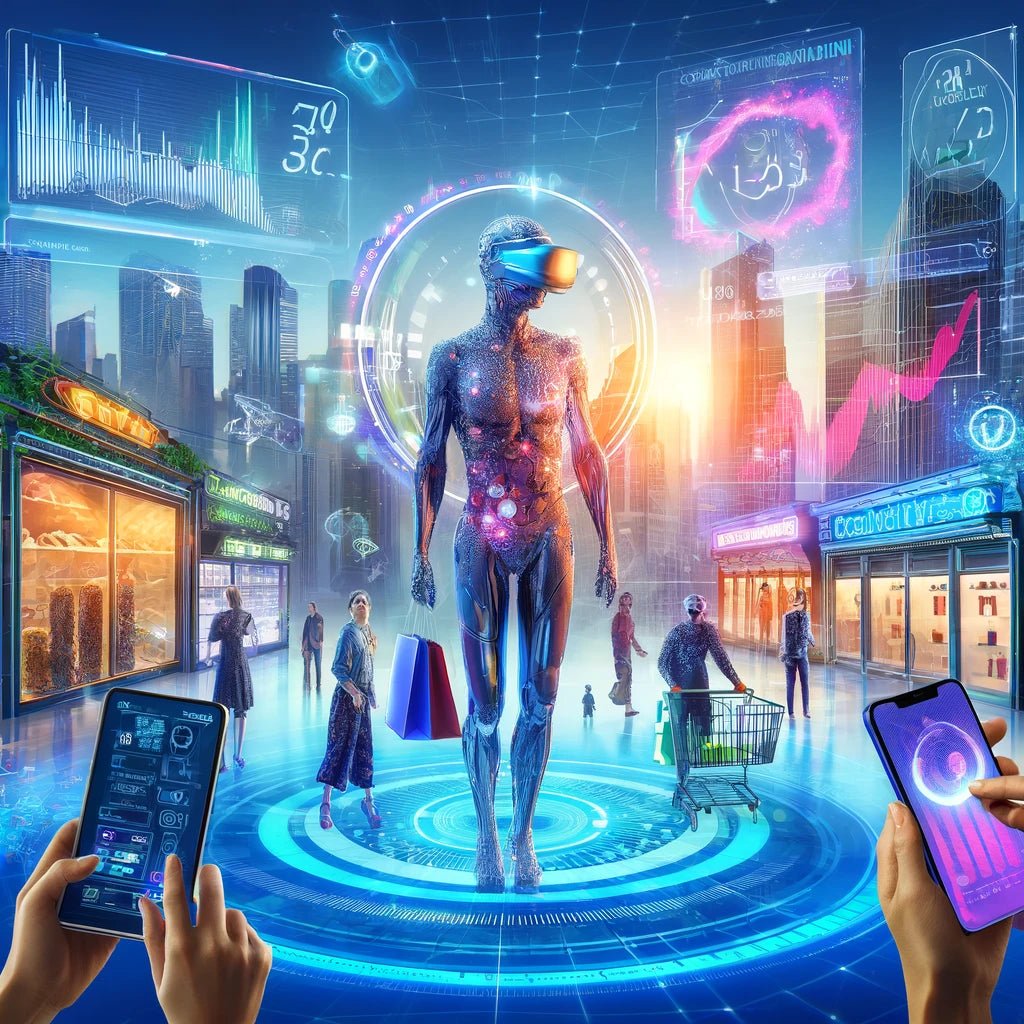The Future of E-Commerce in an Inflationary Economy
The resilience of e-commerce has been well-tested over the past decade, primarily through economic fluctuations and global disruptions like the COVID-19 pandemic. As we look ahead, the question arises: will e-commerce stores remain viable over the next two or three years, particularly in the face of rising inflation? And if not, how will Americans adapt, especially when purchasing essentials becomes financially challenging?
E-Commerce Viability Amid Inflation
Inflation impacts every aspect of the economy, from consumer purchasing power to the cost of running a business. However, e-commerce might be uniquely positioned to not only survive but also thrive in such conditions for several reasons:
-
Operational Flexibility: Unlike traditional brick-and-mortar stores, e-commerce platforms can quickly adapt to changing economic conditions. They can adjust prices, run promotions, and manage inventory with agility, responding to consumer demand and inflationary pressures more swiftly.
-
Cost Efficiency: E-commerce businesses often have lower overhead than physical stores because they can operate in centralized locations that don’t require prime real estate. This cost-saving can be passed on to consumers through lower prices, which is particularly appealing during inflationary times when consumers seek value for money.
-
Broader Market Access: Online stores can reach a wider audience. This diversification can help buffer against downturns in any single market, maintaining sales volumes even as individual buyers’ purchasing power declines.
-
Consumer Spending Shifts: Consumers often prioritize essential goods and affordable luxuries during inflationary periods. E-commerce platforms that can pivot to offer these in-demand products are likely to see continued or even increased patronage.
Consumer Adaptation to Economic Challenges
Should e-commerce face difficulties, or should inflation make access to goods harder, consumers will likely adapt in several ways:
-
Prioritizing Essentials: Spending will shift towards necessities. Consumers will cut back on non-essential purchases to afford higher-priced essentials.
-
Seeking Discounts and Bulk Purchases: Shoppers will become more price-sensitive, seeking out sales, discounts, and bulk purchasing opportunities to stretch their dollars further. E-commerce platforms that offer competitive pricing or bulk options could see an uptick in traffic.
-
Utilizing Buy Now, Pay Later Services: Financing options like "Buy Now, Pay Later" (BNPL) are gaining popularity, allowing consumers to manage cash flow better by spreading payments over time without accruing interest.
-
Turning to Secondhand and Refurbished Goods: The market for used and refurbished goods may expand as consumers look for lower-cost alternatives. This presents a potential growth opportunity for e-commerce platforms specializing in these types of goods, evoking a sense of optimism in the audience of e-commerce professionals.
-
Increasing Reliance on Credit: Unfortunately, prolonged inflation may lead to increased consumer debt as households rely on credit cards and loans to manage day-to-day expenses.
Conclusion
Despite ongoing inflation, e-commerce will likely remain a crucial part of the retail landscape in the coming years. Its adaptability, demonstrated through the ability to adjust prices, run promotions, manage inventory, and reach a wider audience, provides a strong foundation for enduring economic pressures. Moreover, e-commerce platforms are at the forefront of innovation in retail, continually finding new ways to offer value and convenience to consumers, instilling confidence in their resilience.
For consumers facing financial hardships, the evolving retail landscape, adaptive spending habits, and the growing availability of financial tools suggest that they will find new ways to afford necessities. The potential for e-commerce to offer competitive pricing, bulk options, and innovative financing solutions like 'Buy Now, Pay Later' (BNPL) could alleviate some of the financial stress, offering hope in challenging times. Thus, while challenges are expected, e-commerce and consumer resilience will likely meet them head-on.




